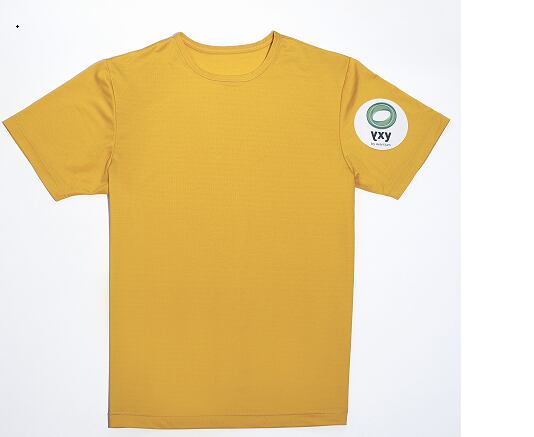The firm will apply for the use of polyethylene furanoate (PEF) and its monomer, furan dicarboxylicacid (FDCA), with the European Food Safety Authority (EFSA) before the end of 2013.
It intends to file a food contact notification with the US Food and Drug Administration (FDA) in 2014.
Food contact approval?
Nathan Kemeling, director business development YXY, told FoodProductionDaily.com that the predicted time to hear back from EFSA is two years and one and a half from the FDA.
He said food contact approval in other areas, such as Asia, will depend on the launch strategy of partners but approval from the two agencies will act as a benchmark.
“PEF can be unique in its application and address many aspects of PET but also other markets like apparel, sportswear, electrical and automotive.
“Food contact approval will enable PEF to be used in the large market of bottles for food and beverages , it will no longer be niche but for commodity applications.
“With our partners on board and being able to product PEF bottles there is a huge market potential and it helps the supply chain to step in, such as monomer producers, and allow scale up of other applications but the bottle market is the main driving force.”
PEF is a biobased polymer developed in 2005 targeted at replacing fossil fuel based polyethylene terephthalate (PET).
Avantium’s tech
Kemeling said the firm is an expert in high-throughput catalysis and catalytic process development. Based on this catalytic know-how, it has developed the YXY process to convert plant based feedstock in chemical building blocks like FDCA.
YXY’s main building block, 2,5-Furandicarboxylic acid (FDCA), can replace terephthalic acid (TA), a petroleum-based monomer that is used to produce PET.
PEF has higher mechanical strength permitting lightweighting, improved barrier properties (10 times for oxygen; 4x improved for CO2 and 2x for water) compared to PET, according to Kemeling.
“Because of the barrier properties it would be useful for a range of applications for example it could replace glass for alcoholic drinks that are in bottles,” he said.
Kemeling said similar PET equipment could be used for injection moulding and recycling of PEF and highlighted the firm’s partnership with Wifag-Polytype to work on thermoforming.
“Food contact is part of the overall launch strategy and it takes multiple aspects to bring it into the market. With recycling you must tick a number of boxes and meet deliverables demanded by a producer in the market,” he said.
“Food contact will be one of the critical parameters for Coca-Cola on soft drinks, Danone in bottled water and ALPLA on products such as sauces and solid foods.”
Kemeling said that while food packaging was a major target segment because of the use of PET, other markets such as packaging for detergents and homecare were a target.
End of life options
PEF is not biodegradablebut recyclable, so optimising the end of life options is something that is being worked on with partners and the recycling community.
“PEF bottles can be recycled to make new bottles or films or fibres for other products, we have a t-shirt made from recycled PET bottles.

“It is straight-forward to turn it into new products, however you need the volume to make it economically feasible so there will be a transition phase of PEF in the larger PET stream.
“Sortability is straightforward from PEF to PET using infrared scanning as it has a different profile so can be picked up.
“Investment may be needed if you don’t have infrared scanning as PET and PEF are not distinguishable by eye but an acceptable range of PEF in PET may be possible but we are determining levels on how far you can go with this.The first films, fibers and bottles of mixed PEF/PET have already been produced.”
FDCA will always be the building block but agricultural crops such as sugar beet and corn could be replaced by second generation cellulosic and hemi-cellulosic sugars.
The choice of feedstock could depend on sustainability, land usage and end user point of view, said the firm.
First site by 2017
The first plant of 50,000 tons per year is planned for 2017 and will be run and operated by Avantium
“The first plant is to make the material available to our partners and so we can demonstrate the technology.
“After we may take a licensing strategy or work with partners on a second plant which will likely be built by partners who have acquired the licence.”
He said the production route was straightforward using a chemical catalytic process compatible with existing processing methods which gave the firm an advantage in terms of scaleability.
One problem with PEF had been an alleged colour of the end product but Kemeling said this had been solved.
“On the yellowish colour it was a major deliverable to make a clean, colourless bottle as you don’t want your Coca-Cola delivered in a yellow bottle. Because of our work on the monomer purityand polymerization recipe we are now able to make clear bottles.”
